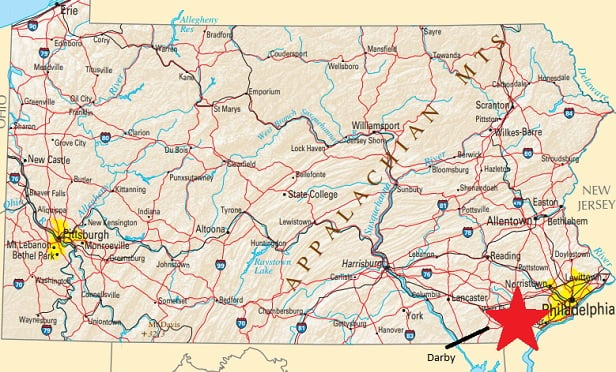Low Medicaid reimbursement rates for nursing homes are hurting the quality of care, by keeping operators from offering high enough wages to attract and keep good workers, long-term care (LTC) experts told lawmakers at a recent Senate hearing.
The squeeze can lead to pressure on the quality of care even for private-pay patients, witnesses said at the hearing, which was organized by the Senate Finance Committee.
Sen. Chuck Grassley, R-Iowa, the chairman of the committee, kicked off the hearing by noting that about one-third of residents in federally funded nursing facilities suffer harm.
That roughly the same percentage as suffered harm in federally funded nursing facilities two decades ago, Grassley said.
(Related: 7 Cities Where Nursing Homes Let Patients Get Bedsores)
Dr. David Grabowski, a professor at Harvard Medical School, testified that the facilities highly dependent on Medicaid are the ones most often cited for neglect and poor quality of care, especially in rural areas.
“We need to find a way to provide rural nursing homes with more resources so they can continue to be that important source of care for older adults,” Dr. Grabowski said.
Why This Matters to Agents
The nursing home quality issue is of vital importance of life insurance agents in the retirement planning sectors, because many clients end up using their annuities and life insurance-based savings arrangements to pay for LTC services.
Even purchasers of short-term care insurance or stand-alone long-term care insurance may eventually exhaust their LTCI benefits and use Medicaid to pay for nursing home care.
In spite of insurers’ efforts to expand sales of LTCI, and life insurance and annuity hybrid products that offer LTC benefits, Medicaid pays for two-thirds of all nursing home care, Grabowski said.
In many rural areas, Medicaid pays for about 80% to 90% of care, Grabowski said.
The Hearing
The Senate Finance Committee held the hearing, “Not Forgotten: Preventing Americans from Abuse and Neglect in Nursing Homes,” earlier this month.
Issues discussed ranged from tightening oversight and punishment of poor-performing nursing homes; upgrading quality ratings for nursing homes so families have accurate information about facilities, and ensuring all facilities are prepared to handle natural disasters.
No witness from a private insurance company or insurance organization testified.
The Elephant in the Room
Keesha R. Mitchell, director of Ohio’s Medicaid Fraud Control Unit, said nursing home staffing is the “elephant in the room.”
Because of Medicaid’s reimbursement model, facilities have an incentive to decrease direct patient-care staff in order to lower operating costs, Mitchell said.
“This happens even though patients need complex care in nursing homes,” Mitchell said. “If we want adequate staffing and quality of care, we are going to have to pay for it. This will likely mean more funding for long-term care, and an overhaul of the Medicare and Medicaid reimbursement models.”
Facility Shutdowns
One sign that Medicaid reimbursement rates are too low is that, in spite of predictions that the aging of the baby boomers will soon flood nursing homes with new residents, many nursing homes in rural areas have closed.
The nursing home closings leave people in rural communities with fewer nearby facility choices, Grabowski said.
Grabowski said facilities do earn profits on patients who use Medicare, private insurance or their own savings to pay for care.
On the Medicaid side, however, margins slip into negative territory, with losses ranging from 2% to 5% of revenue, he said.
In states with lower payment rates, the losses on Medicaid patients are worse, he said.
Idea: Student Loan Forgiveness
Grabowski called nursing homes’ inability to find and keep qualified employees a national crisis.
Some states have addressed that problem by allocating more of their Medicaid funding specifically for nursing home staff wages, Grabowski said.
Dr. David Gifford, a senior vice president at the American Health Care Association, a group for care providers, said another possible solution would be to reduce health care workers’ student debt burden.
“The [student] debt [held by] health care workers is so big, it’s not just a salary issue,” he said.
Implementing a student loan forgiveness program would a faster way to address the staffing shortages than increasing salaries would be, Gifford said.
Resources
Links to hearing resources, including a recording of the hearing video, are available here.
— Read Trump 2020 Budget Squeezes Social Security, Medicare: Alicia Munnell, on ThinkAdvisor.
— Connect with ThinkAdvisor Life/Health on LinkedIn and Twitter.







 March 18, 2019 at 08:21 PM
March 18, 2019 at 08:21 PM



























 Slideshow
Slideshow





